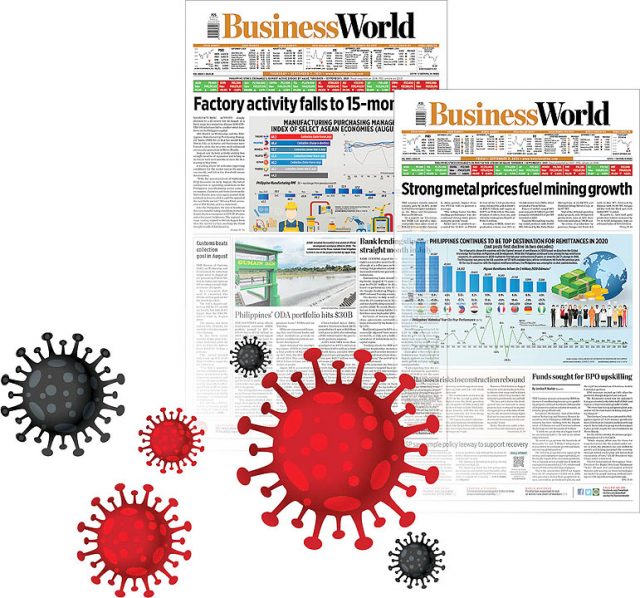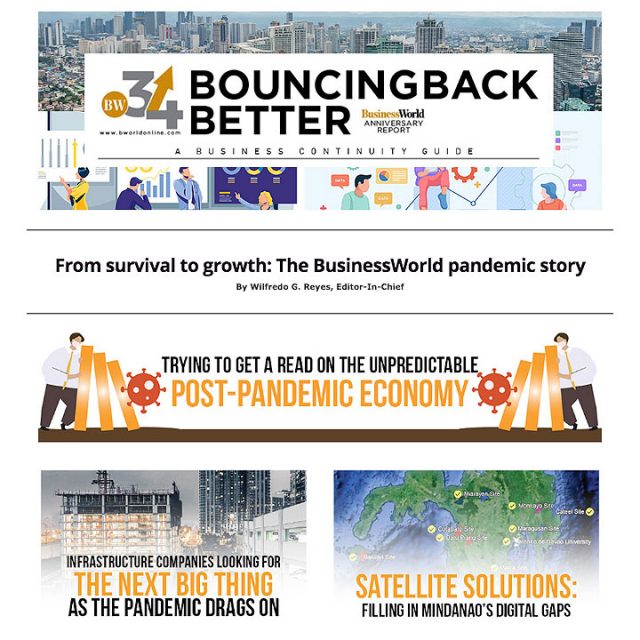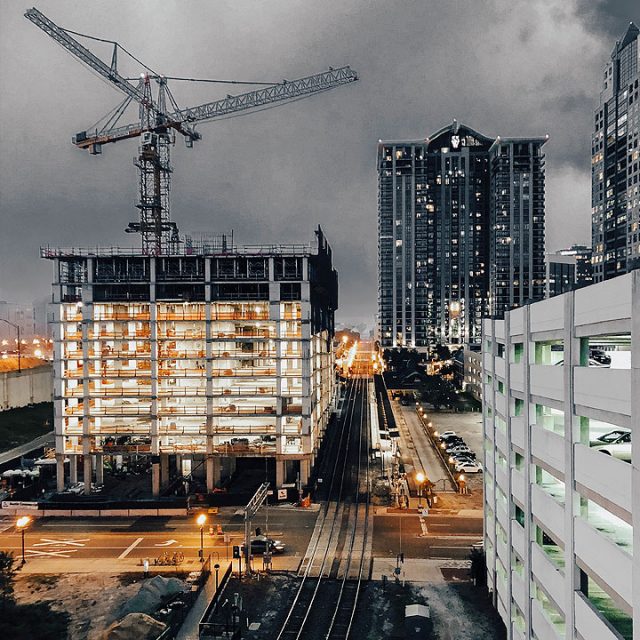By Luz Wendy T. Noble, Reporter
AFTER HIS MOTHER was diagnosed as terminally ill with cancer, it was time for Kenneth Tirado to come home. With the pandemic leaving many industries no choice but to work from home, he flew to Iloilo in March and from there was able to continue what he had been doing in Quezon City.
“This has been the longest time I’ve been home in a while,” Mr. Tirado said in a Zoom interview. He left in 1995 to study at the University of the Philippines Diliman and stayed in the city as he built his career. Since then, he has been coming home only for the holidays or reunions.
When the lockdown was announced in March last year, initially expected to last only a month, Lyanna Jeanelle M. Isip, who was then working in Makati, immediately sought permission to work offsite to avoid the stressful bus commute. What she thought would last for a week at most working out of Lubao, Pampanga turned out to be her life for more than a year.
“I was only able to move out of my place in Mandaluyong five months after because my housemates and I decided not to renew our contract. It was the practical thing to do, considering that we paid rent even for the months that we weren’t able to stay there,” Ms. Isip, a senior business development associate at P&A Grant Thornton, said in a Facebook message.
Pre-pandemic, the word “epicenter” was associated more with earthquakes, but soon enough it became employed in the context of disease concentrations. Metro Manila used to be the place to stay for the ambitious and career-minded, starting with a move from the countryside to a leading university in the capital and often extending into work life. But the COVID generation is beginning to discover that careers can work even far from the city.
Virus-stricken as it is now, Metro Manila is still where much of the action is, but businesses and employees are increasingly confronting a decision to look at work beyond the physical constraints of the office — wherever that working space may be.
“There’s this segment of the population that still prefers Metro Manila as it is the economic capital. What changed was more of the way we do work now more than the image of Manila,” Asian Institute of Management (AIM) Economist John Paulo R. Rivera said in a Zoom interview.
Mr. Tirado and Ms. Isip are among the many with jobs in Metro Manila that decided to rethink the importance of place, a decision that often results in a move to the provinces as remote work becomes the norm for many companies.
“Doing work has changed. It has to be accompanied by the change in mindset that (careers don’t) have to be concentrated in the NCR (National Capital Region),” Mr. Rivera said.
This raises the prospect of an economic awakening in the countryside as many highly-skilled and well-paid workers escape the city and pursue their careers in more bucolic surroundings — while inadvertently helping achieve the city planner’s long-frustrated dream of decongesting the capital, he said.
“We already have enterprise zones outside of Metro Manila. It’s been the objective to reduce the population density of Metro Manila,” he added.
But moving back to the provinces was not all about being surrounded by lush greenery and fresh air.
Mr. Tirado and Ms. Isip had to make their fair share of adjustments in working far from the city. Both experienced problems with internet connectivity and power disruptions.
“I only had mobile data when I got here and it was really weak. I tried finding DSL, Fiber; there was none,” Mr. Tirado said. It took a month before he finally found a service provider.
The data connectivity challenge highlights the infrastructure gap in the provinces, Eliseo M. Rio, Jr., former acting secretary of the Department of Information and Communication Technology, said.
“Our major telcos are predominantly mobile network operators, whose networks are mostly for mobile subscribers. Unfortunately, they lack the necessary cell sites to provide adequate services to their subscribers,” Mr. Rio said in a Viber message.
He compared the Philippines, which has less than 30,000 cell sites for its population of about 110 million, to Vietnam where there are more than 70,000 cell sites for 98 million people. While companies have been investing in towers over the past two years, Mr. Rio said at least five years will be needed to reach Vietnam’s level of infrastructure development. Until that happens, levels of service here will lag.
“Filipinos mostly get their internet access from these cell sites, but because there are still not enough sites, they get congested, making our internet services slow and expensive,” Mr. Rio said.
Meanwhile, Ms. Isip said her work has been disrupted by rotational brownouts during the dry season. Mr. Tirado complained about power issues as well.
“You’re unlucky if it happens while you are in a meeting. We get brownouts whenever there’s a typhoon too,” he said.
While he has embraced his current work setup, Mr. Tirado said coming back to his hometown meant it was harder to access things that came easy in the city — including going to government offices and riding public transportation. He also had to adjust to early closing times for shops after he got accustomed to patronizing always-open convenience stores in Quezon City.
“The alternatives here are more difficult in terms of access to services because most are concentrated in the city,” he said.
A corresponding shift in the balance of opportunities and challenges has also arisen for businesses.
For the real estate sector, remote working arrangements meant greater demand for homes situated on their own lots, as well as lot-only properties outside the city, according to Joey Roi H. Bondoc, associate director for research at Colliers International Philippines. He said Cavite, Laguna, Batangas, Pampanga, and Tarlac are where they see the highest demand for such properties.
“We were already seeing a rise (in demand) even before the pandemic. The work-from-home schemes and the pandemic have only raised demand for these properties,” he said by phone.
Mr. Bondoc said there were also more inquiries from affluent clients for beachfront properties.
On the other hand, Mr. Rivera said the remote work trend is a bane for the transport sector, as people commuting to work have thinned out significantly. He said even forms of transport used by workers in Metro Manila to travel to their provinces have had to offer reduced frequencies as many decide to stay in the countryside at least for the time being.
IS TELECOMMUTING FOR EVERYONE?
Ms. Isip said her company has given its workers assistance in adjusting to the remote work setup which allowed her to establish a home office.
Living with her family meant she had fewer expenses compared to staying in Manila, so she was able to save money to enroll and pay for graduate school. She embodies how some professionals have opted to take up further studies via online learning, which has become more doable now that commuting from work to night school has been removed from the equation.
Even in education, connectivity issues are a hurdle which needs to be addressed by the government, according to Cristian T. Duque, a Business Development Officer at IT firm Nephila Web Technology, Inc., which provides services to educational institutions.
“We need to make sure schools, universities and other educational institutions have the ability and confidence to adapt their programs. Ideally, new legislation could provide clarity in this matter,” Mr. Duque said.
With people going to online learning, Mr. Duque said students may benefit from IT infrastructure and capacity building at educational institutions.
“This includes improving teacher skills but also providing them access to expert IT support, advice on digital pedagogy, data science training and professional communities of practice,” he said.
But Mr. Rivera also stressed that being able to work away from the office is not for everyone.
A study by the International Monetary Fund (IMF) found that workers in food and accommodation, and wholesale and retail trade have the least “teleworkable” jobs. Meanwhile, an assessment by the International Labor Organization indicated that a service economy like the Philippines lost 13.6% of the working hours that would have been worked had there been no crisis, the highest such losses in Southeast Asia.
“(Because) they have no flexibility to work from home and still do face-to-face work, they have to be declared essential. They have to be provided with at least a hike in their salaries, because they are essential,” AIM’s Mr. Rivera said.
With telecommuting possibly here to stay as the pandemic changes our idea of work, industries will have to adapt and support those that have chosen to work from their home towns or elsewhere outside the cities.
“If this is a pretty long-term issue, then one thing either the local government and National Government can do together is to improve social services, education, health, and child care, among other things. Overall, you need infrastructure to help people become more productive while they are in their provinces,” IMF Representative to the Philippines Yongzheng Yang said in a forum.
Colliers’ Mr. Bondoc believe that many companies will retain offices, although some businesses may adopt a “hub-and-spoke” model which will be smaller but nearer their employees. He said some companies may also opt to occupy flexible or co-working spaces.
“If you look at the profile of companies that still occupy offices — these are traditional, professional-service companies, business process outsourcing,” he said, noting the exit of Philippine Offshore Gaming Operators was also the biggest contributor to Metro Manila’s office vacancies.
Workers who moved to the countryside may be staying permanently or returning to their life in the city depending on the direction of the pandemic. Ms. Isip is leaning towards the latter.
“I have solid plans of going back to the NCR once things get back to normal. The years I spent away from home were the years that made me know myself better, and I’d like to know myself more,” she said.
On the other hand, Mr. Tirado, who works in Educator, a San Juan City-based social enterprise, is keen to stay in Cabatuan, a municipality north of Iloilo City, where he has grown accustomed to more family time even after his mother passed away. He said he will retain his role with Educator but will remain in Iloilo to help his family establish and manage businesses on their properties.
“My family has been asking me to come home for a long time and I know that I will be able to balance my responsibilities here and in Manila. I think this will be the start of my telecommuting career,” he said, adding he may come to Manila when work requires him to do so.
Mr. Tirado’s case points to a wave of permanent provincial migration. Experts believe this presents an opportunity and a responsibility for both the public and private sectors.
“This is a call for the private sector to continuously diversify their portfolios because of the movement of people. It is high time that we invest in the provinces,” Mr. Rivera said.
Meanwhile, Mr. Rio noted how only 37% of homes in the Philippines have wired connections at home, noting obstacles such as delays in laying down cable “because of so many right-of-way issues, pole agreements, digging permits, etc.”
“The solution is for the government to encourage building more telecommunication infrastructure and facilitating local government unit permits for the infrastructure to be built,” he said.
Mr. Rivera highlighted the government’s role in making things easier for economic activity to flourish in the countryside.
“Make it easier for (companies) to establish businesses in the process. Who knows, even foreign investors when the pandemic is over will not just invest in Manila but also in the provinces because the government was able to facilitate ease of doing business and allow foreign investment to flourish across the country,” Mr. Rivera said.




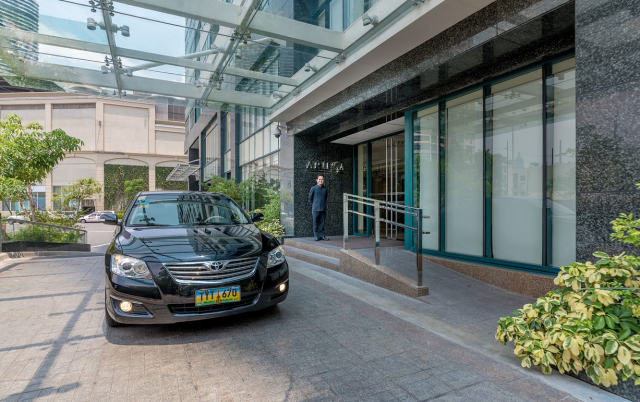









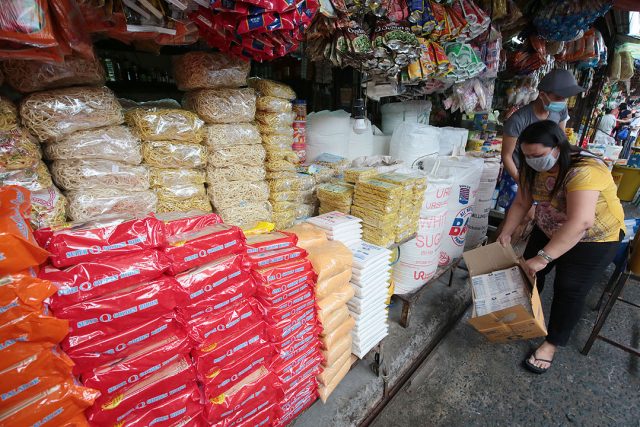
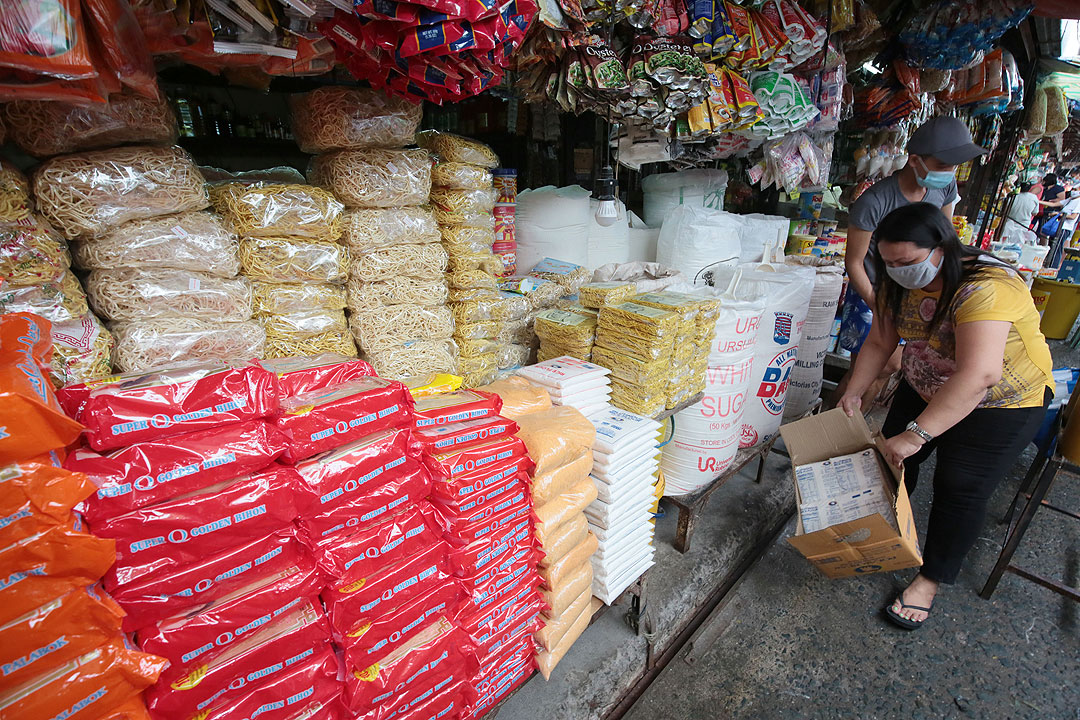


 “The US has realized that staying in Afghanistan does not provide any benefits,” he said in a Zoom interview. “It’s not a maritime domain and they were putting a lot of money for nothing.”
“The US has realized that staying in Afghanistan does not provide any benefits,” he said in a Zoom interview. “It’s not a maritime domain and they were putting a lot of money for nothing.”